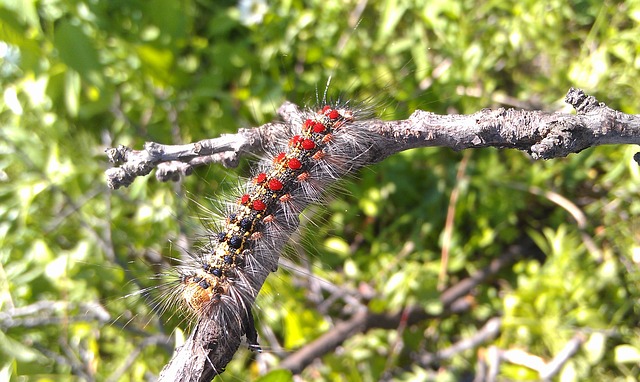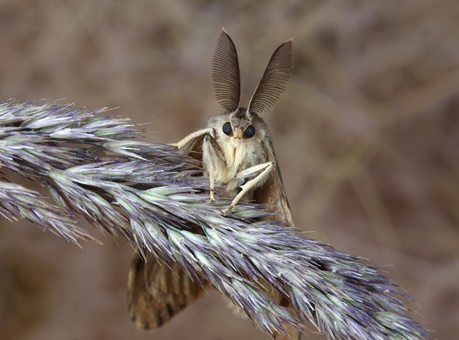Did you know that forests contain the world’s largest reservoir of plant and animal species on land, serving as home to 80% of the world’s terrestrial biodiversity? Pretty incredible. That’s just one of the many reasons we love forests! Let’s celebrate the variety of trees, other plants, fungi and countless animals, from bears to beetles, that contribute to our biodiverse planet.
Did you know that February 24-28 is National Invasive Species Awareness Week? Take some time this month to introduce learners to what invasive species are, the threats they pose to the environment, and how to prevent them from spreading.
An invasive species is any kind of organism that is not native to an ecosystem and causes harm to the environment, economy and possibly even human health. Lymantria dispar, Asian longhorned beetles, emerald ash borers, and woolly adelgids are among the growing list of invasive insects that threaten U.S. forests and urban landscapes.
Engage students in STEM (science, technology, engineering, and math) as they learn about the impact invasive species have on ecosystems and biodiversity.
Use this book with grades 6-8 to emphasize several Science and Engineering Practices outlined in the Next Generation Science Standards.






